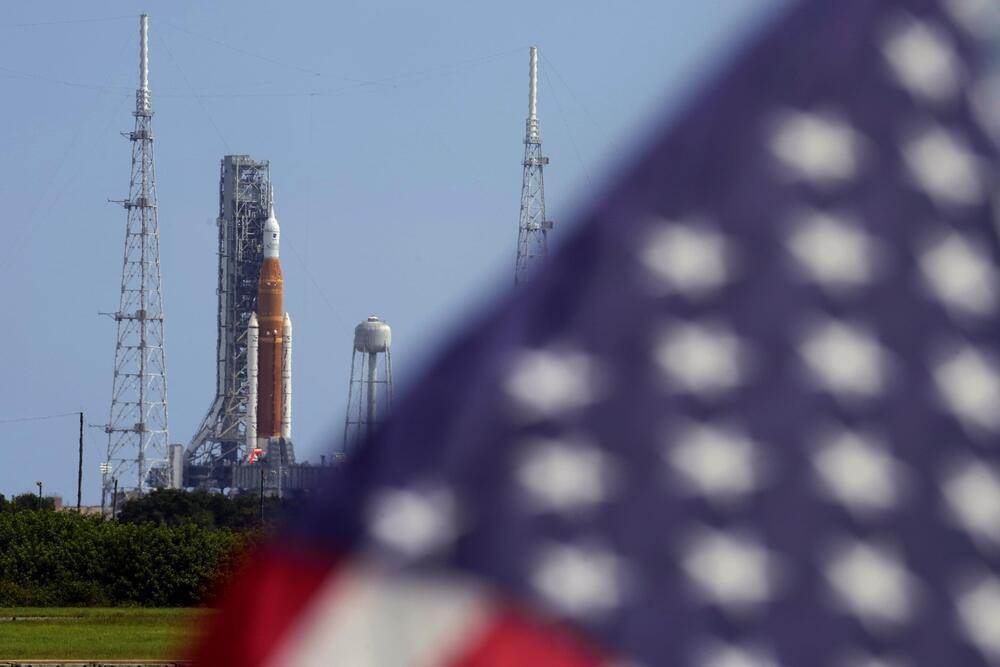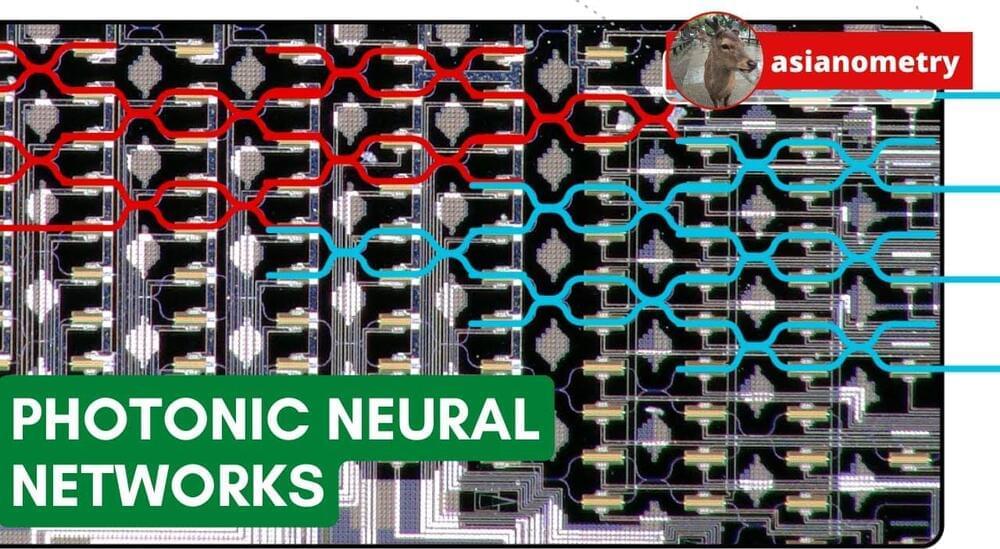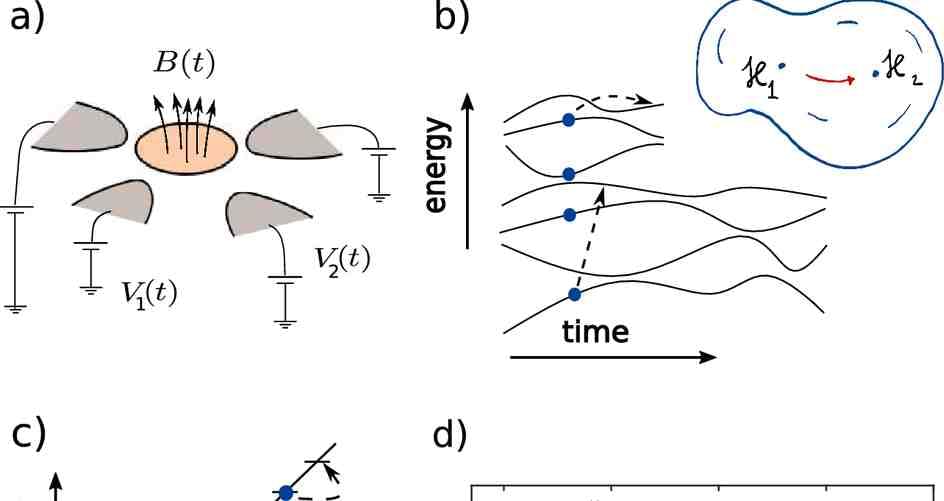Enigmas — August 2022
Mathematical derivations have unveiled a chaotic, memristor-based circuit in which different oscillating phases can co-exist along six possible lines.
Unlike ordinary electronic circuits, chaotic circuits can produce oscillating electrical signals that never repeat over time—but nonetheless, display underlying mathematical patterns. To expand the potential applications of these circuits, previous studies have designed systems in which multiple oscillating phases can co-exist along mathematically-defined “lines of equilibrium.” In new research published in The European Physical Journal Special Topics, a team led by Janarthanan Ramadoss at the Chennai Institute of Technology, India, designed a chaotic circuit with six distinct lines of equilibrium—more than have ever been demonstrated previously.
Chaotic systems are now widely studied across a broad range of fields: from biology and chemistry, to engineering and economics. If the team’s circuit is realized experimentally, it could provide researchers with unprecedented opportunities to study these systems experimentally. More practically, their design could be used for applications including robotic motion control, secure password generation, and new developments in the Internet of Things—through which networks of everyday objects can gather and share data.
NASA’s new moon rocket sprang another dangerous fuel leak Saturday, forcing launch controllers to call off their second attempt to send a crew capsule into lunar orbit with test dummies.
The first attempt earlier in the week was also marred by escaping hydrogen, but those leaks were elsewhere on the 322-foot (98-meter) rocket, the most powerful ever built by NASA.
NASA Administrator Bill Nelson said repair work could bump the launch into October.
I want to thank Alex Sludds for his efforts in helping me research and produce his video. Check out his work here: https://alexsludds.github.io.
Links:
- The Asianometry Newsletter: https://asianometry.substack.com.
- Patreon: https://www.patreon.com/Asianometry.
- The Podcast: https://anchor.fm/asianometry.
- Twitter: https://twitter.com/asianometry
We present a universal theory of quantum work statistics in generic disordered non-interacting Fermi systems, displaying a chaotic single-particle spectrum captured by random matrix theory. We…
Oxford quantum physicist Nikita Gourianov tore into the quantum computing industry this week, comparing the “fanfare” around the tech to a financial bubble in a searing commentary piece for the Financial Times.
In other words, he wrote, it’s far more hype than substance.
It’s a scathing, but also perhaps insightful, analysis of a burgeoning field that, at the very least, still has a lot to prove.
This “Waterworld” could reveal more about what makes a planet habitable.
NASA’s TESS satellite found a rare exoplanet covered in deep oceans, making it an excellent candidate for Webb to take a closer look at and learn more about habitability.
The new research provides a more complete picture of how diamond rain forms on other planets.
Researchers have discovered that “diamond rain,” unique precipitation that has long been speculated to occur on icy giant planets, may occur more frequently than previously believed.
To learn more about the circumstances on the icy giant planets Neptune and Uranus, a group of researchers from Germany and France has created an intriguing experiment, according to an article published by Physic.org on Friday.
A team of researchers have discovered that “diamond rain,” unique precipitation that has long been speculated to occur on ice giant planets, may occur more frequently than previously believed.
DKart/iStock.
The eagerly anticipated feature button may allay some of Twitter’s long-standing concerns.
He also announced plans to train ‘civilian sharpshooters.’
A Taiwanese tech tycoon plans to defend against a possible “Chinese invasion” by training three million “black bear warriors.” A retired Taiwanese tech tycoon said he plans to use his wealth to train these “civilian warriors,” according to a report published by Taiwan News.
“The Chinese Communist Party’s threat to Taiwan is growing, and the fight against (it) stands for freedom against slavery, democracy against authoritarianism, and civilized against barbaric,” said Robert Tsao, 75, who intends to use the US $33 million of his wealth to fund the “warriors.
Interesting Engineering is a cutting edge, leading community designed for all lovers of engineering, technology and science.









